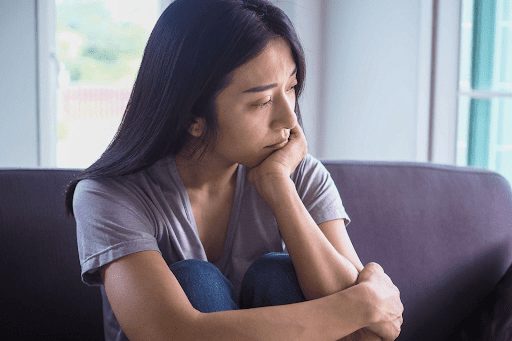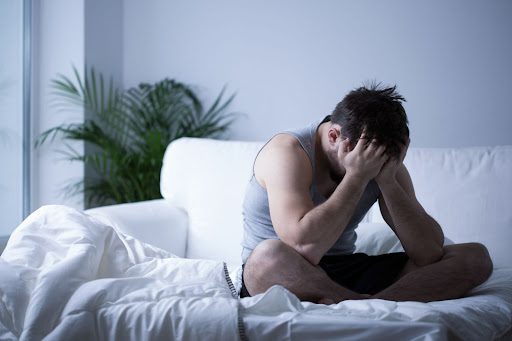As a recognized mental health disorder, depression can appear in all levels of intensity, duration, and through a variety of symptoms. When it comes to severe depression, all of these factors should be considered, both in the assessment process, and when deliberating between different severe depression treatment options. Read on to understand more about this form of depression, and what can be done to alleviate its effects.
Depression is a common mood disorder whose definitive symptoms revolve around a low mood and an inability to feel pleasure. Additional symptoms include hopelessness, a lack of energy, a lack of self-worth, and emptiness.
That last symptom is a key component of understanding this condition: many patients describe feeling empty not just of happiness, but of all positive emotion, including the will to live. The emptiness described is not only internal, but external, as well, with the world itself is also seen to be devoid of joy or meaning. As a result, patients suffering from depression are left feeling alone, isolated with their anguish and believing their current situation will define the rest of their life.
Depression is one of the earliest mental health disorders to be recognized, going back thousands of years, going back to the time of the ancient Greeks. Commonly agreed-upon definitions for depression have changed, moving from a theory that it stems from black bile to Freud’s depiction of depression as a sense of unidentifiable loss, to today’s more empirical definition of depression as an emotional pain that prevents happiness.
According to the American Psychiatric Association (APA), 7% of the adult population contends with clinical depression. Females are considered 1.5-3 times more likely to suffer from depression than males, with this ratio to be stable across different cultures, socioeconomic backgrounds, ethnicities and races. Its stability makes a strong case for depression growing largely from biological and hormonal factors, as opposed to environmental ones. That said, detrimental life experiences have also been shown to play a role in the appearance of this disorder.

The APA defines severe depression through excess in a number of fields, with cases of severe depression including all of the above:
A case where all three exist is considered so adverse and difficult to manage, as to be considered a case of severe depression.
Severe depression often includes the more serious symptoms of depression. As such, patients with severe depression report higher rates of:
Cases of severe depression can also include psychotic features and catatonic features, and often have a history of severe/recurrent depressive episodes.
It should also be noted that severe depression is a separate definition from both treatment-resistant and long-term depression:
A number of treatments have been found to aid in significantly alleviating symptoms of severe depression:
Electroconvulsive therapy, or ECT, is a medical device treatment that triggers a series of seizures, aimed to stimulate the brain and influence the cadence of neural functioning. While initially used to treat schizophrenia, ECT was discovered in the 1960s-‘80s to have a greater effect when treating depression. As a result, these days it is mainly used to treat this condition.
Though many mental health practitioners and researchers view ECT to be the most effective treatment for depression, the potential side effect of short-term memory loss prevents it from being considered a first-line depression treatment.
In addition, a great deal of patients are deterred by this treatment’s reputation, and mistakenly believe ECT (often called “shock therapy”) to be a painful and even traumatic experience. As a result, many avoid it completely.
Finally, due to ECT requiring the use of anesthesia, the treatment process itself is cumbersome and complex, compared to the ease and tolerability of more recently developed options, such as antidepressant medication and transcranial magnetic stimulation (or TMS).
Antidepressant medication has been considered the go-to treatment for depression for decades. Antidepressants have developed in “generations,” with each new generation offering greater tolerability, through fewer and less severe side effects. The shift between the first and second-generation antidepressants is considered a revolution in psychopharmacology, and its effects on the field are still evident today:

Another tolerable option for severe depression is transcranial magnetic stimulation (TMS). FDA-cleared to treat this and a number of other conditions, TMS is a non-invasive medical device treatment that utilizes electromagnetic fields to safely regulate the neural activity of brain structures associated with depression. Over time, the TMS process has been shown to reduce the severity and frequency of the targeted depressive symptoms.
Unlike ECT, TMS does not cause severe side effects, does not require the use of anesthesia, and does not include a lengthy recovery period. It can also be combined with other forms of treatment, namely medication and psychotherapy, for an enhanced overall effect.